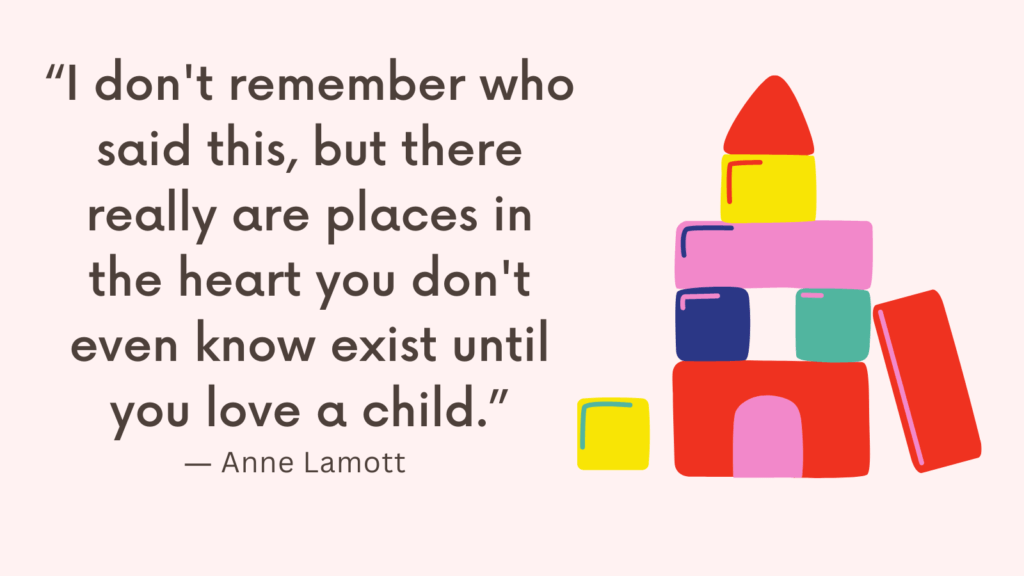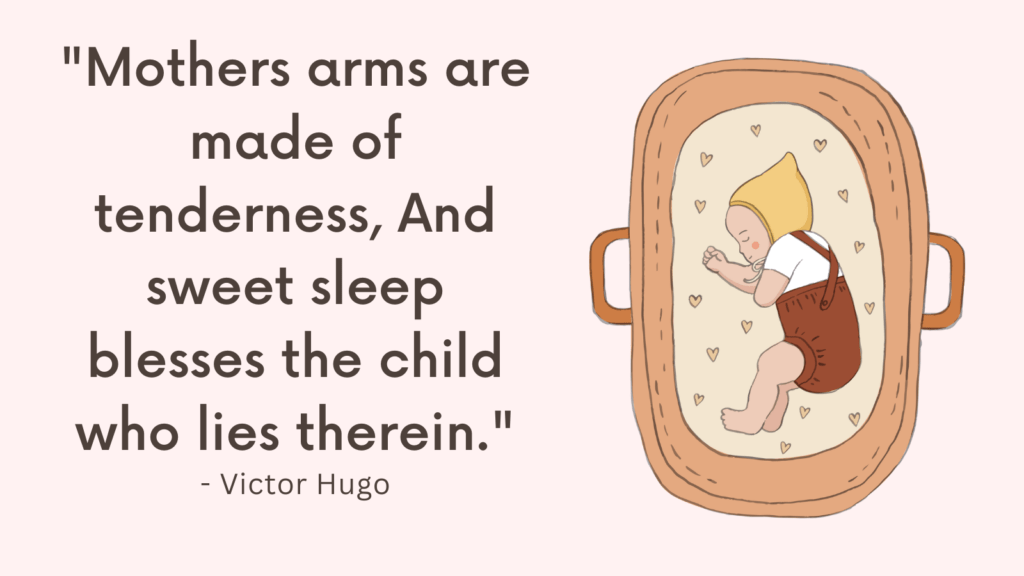In this post, you’ll learn the difference between a baby swing and a bouncer
Baby Swings
Baby swings are devices designed to provide a swinging motion for infants and young babies.
They typically consist of a seat or cradle that hangs from a frame and moves back and forth or side to side, mimicking the motion of being rocked or gently swung.
Baby swings can be manual, requiring parents or caregivers to push the swing, or motorized with settings for different swinging speeds and patterns.
Baby swings can offer several advantages in terms of soothing and comforting babies, but they also have certain limitations:
Advantages
1. Soothing and comforting: Baby swings can mimic the gentle motion and rhythmic movements that babies experienced in the womb, helping to calm and soothe them.
2. Hands-free option: Using a baby swing can provide parents with a hands-free option to free up their hands for other tasks or self-care while keeping their baby safe and entertained.
3. Promotes sleep: The gentle rocking motion of a baby swing can help lull babies to sleep and extend their nap times.
4. Provides stimulation: Many baby swings come with built-in toys or mobiles, providing babies with visual and auditory stimulation, which can contribute to their development.
Related: When Do Babies Go From 2 Naps To 1
Limitations
1. Dependency: Some babies may become overly reliant on the swing to fall asleep, making it challenging to transition them to other sleep environments.
2. Limited use: Baby swings are generally designed for younger babies (newborns up to around 6 months) and may not be suitable as the baby grows and gains more mobility.
3. Safety concerns: It is crucial to follow safety guidelines when using baby swings, such as ensuring proper harnessing, avoiding excessive swinging speeds, and never leaving the baby unattended.
4. Space and portability: Baby swings can be bulky and take up significant space in the home. Additionally, they may not be easily transportable or suitable for outings or travel.
Related: 10 Best Books For New Moms
Baby Bouncer
Baby bouncers, also known as baby rockers or baby seats, are lightweight seats designed for infants and young babies.
They have a slightly inclined position and are usually made of a soft, padded material with a secure harness to hold the baby in place.
Baby bouncers can offer several advantages in terms of entertainment, development, and rest. However, they also have certain limitations:
Advantages
1. Entertainment and stimulation: Baby bouncers often come with attached toys or mobiles that can help entertain and engage your baby, promoting sensory development and hand-eye coordination.
2. Soothing and calming: The gentle bouncing or rocking motion of baby bouncers can help soothe babies who may be fussy or need comforting.
3. Hands-free option: Using a baby bouncer allows parents to have their hands free for other tasks while still keeping their baby in sight and close by.
Related: How To Sleep Train For Naps?
Limitations
1. Limited use: Baby bouncers are typically suitable for younger infants (newborns up to 18 months) and may not accommodate larger or more active babies.
2. Safety concerns: It is essential to use baby bouncers according to the manufacturer’s instructions, ensuring that the baby is securely strapped in and not left unattended. It’s also crucial to stop using the bouncer once the baby starts attempting to sit up or roll over.
3. Dependency: Similar to swings, some babies may become dependent on the motion of the bouncer to fall asleep, making it challenging to transition them to other sleep environments.
Related: Newborn Doesn’t Like Swaddle? Here’s What to Do Instead
Baby Swing Vs Bouncer
Baby swings are designed to mimic the rhythmic motion of being rocked in someone’s arms or a cradle, while bouncers rely on the baby’s movement to create a gentle bouncing motion.
One key difference between the two is that swings usually have a higher weight capacity and can accommodate babies for a longer period of time compared to bouncers.
Some baby swings also come with additional features such as melodies, nature sounds, or mobiles to stimulate the baby’s senses and provide entertainment.
On the other hand, bouncers are often more portable, lightweight, and can be easily moved around the house, making them convenient for parents who want to keep their baby nearby at all times.
While both baby swings and bouncers have their advantages, it ultimately comes down to the individual preferences and needs of the baby and parents.
Some babies may find the motion of a swing more soothing, especially if they enjoy being rocked back and forth.
Others may prefer the independence and freedom of movement that a bouncer provides, as they can use their own actions to create the bouncing motion.
It’s important to note that not all babies enjoy or respond positively to either option, so it’s always a good idea to observe your baby’s reactions and adjust accordingly.
Personal opinions on whether a baby swing or bouncer is better can vary. Some parents may find that a swing was a lifesaver during fussy moments, providing much-needed relief and allowing them to free up their hands temporarily.
Others may appreciate the simplicity and portability of a bouncer, which enables their baby to be involved in household activities while still being soothed.
Related: Best 10 Sleep Training Books
Factors To Consider When Choosing Between A Baby Swing And Bouncer
When deciding between a baby swing and bouncer, there are several factors to consider:
1. Age and developmental stage of the baby
Baby swings are generally suitable for newborns up to around 6 months, while bouncers can be used from birth up to around 18 months.
Consider your baby’s age and if they will benefit more from the swinging motion of a swing or the bouncing motion of a bouncer.
2. Motion
Baby swings typically offer a back-and-forth or side-to-side swinging motion, which can be soothing for some babies.
On the other hand, bouncers provide a gentle bouncing motion, allowing the baby to create their own movements.
Think about which motion your baby is more likely to enjoy and find soothing.
Related: Baby Items A-Z (+PDF Download)
3. Space and portability
Baby swings tend to be larger and require more floor space, while bouncers are typically smaller and lighter, making them more portable.
Consider the available space in your home and if you need the flexibility to easily move the baby equipment around.
4. Features
Both baby swings and bouncers may come with additional features such as music, vibrations, adjustable speed settings, or toy bars.
Think about which features are important to you and your baby’s preferences.
Related: Receiving Blanket vs Swaddle
5. Safety
Ensure that the chosen baby swing or bouncer meets safety standards, has proper harnesses or straps, and has a stable and sturdy frame.
6. Budget
Set a budget and consider the cost of the baby swing or bouncer. Baby swings generally tend to be more expensive than bouncers.
Related: Top 7 Alternatives To Swaddling to Soothe Your Baby
Conclusion
When it comes to soothing and entertaining babies, both baby swings and bouncers are popular choices among parents.
Ultimately, it’s best to consider factors such as your baby’s preferences, safety guidelines, budget, and available space before making a decision between a baby swing and bouncer.




